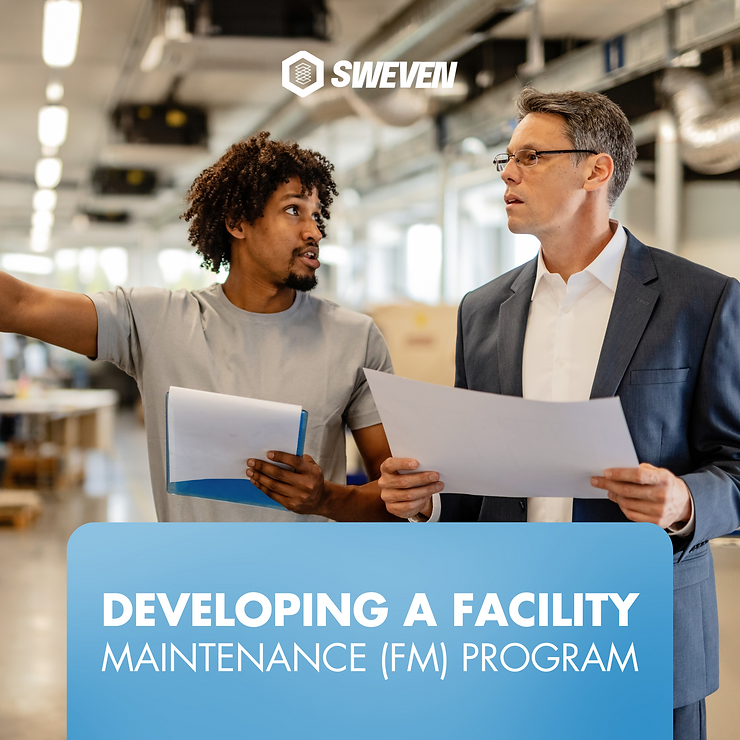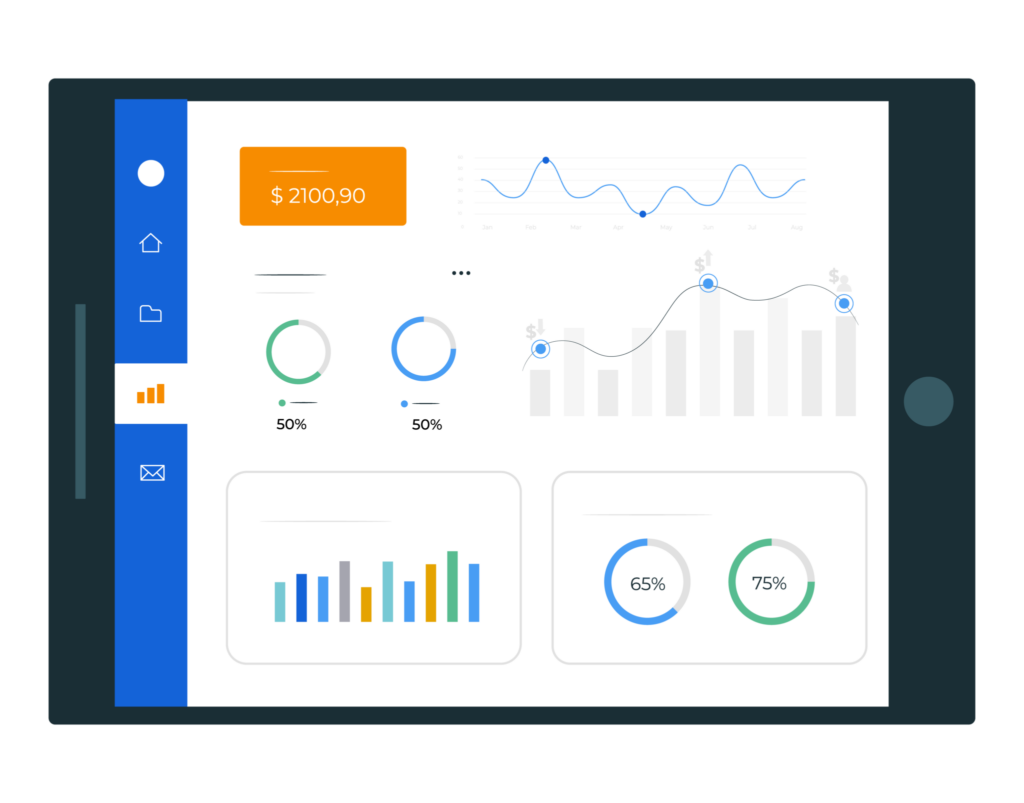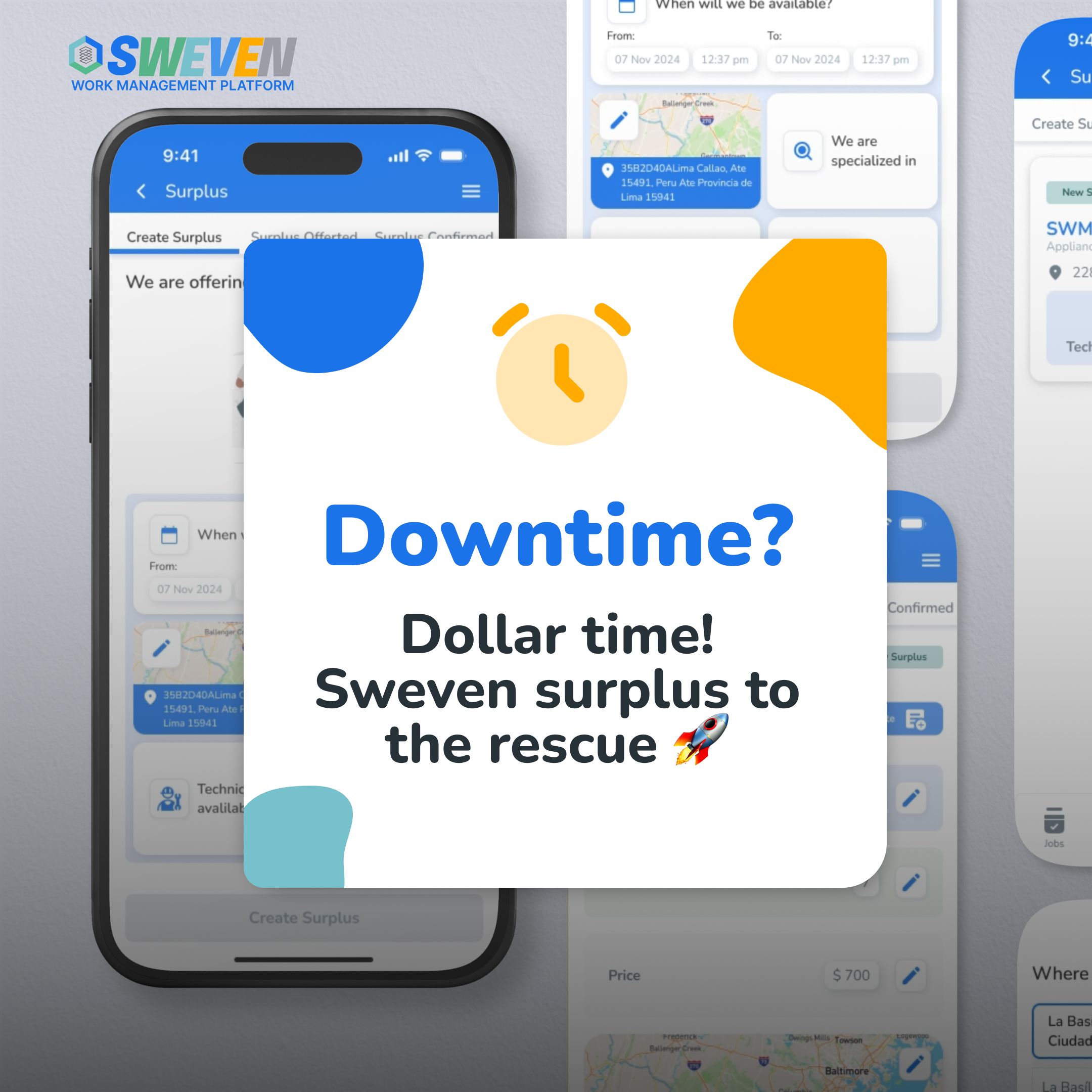Efficient facilities maintenance is the backbone of a well-functioning organization. From ensuring optimal working conditions to extending the lifespan of equipment, a well-developed maintenance program is essential. In this guide, we’ll walk you through the step-by-step process of creating a facilities maintenance program that not only keeps your operations running smoothly but also enhances overall efficiency and cost-effectiveness.

1. Assessing Your Needs

Before embarking on the journey of creating a maintenance program, it’s crucial to understand the specific needs of your facility. Conduct a comprehensive assessment of your infrastructure, equipment, and systems. Identify areas that require routine maintenance, critical equipment that needs regular checks, and potential areas of improvement. This assessment will serve as the foundation upon which your maintenance plan is built.
2. Defining Maintenance Objectives

Clearly outline the goals you aim to achieve with your maintenance program. These could include minimizing downtime, improving equipment reliability, reducing operational costs, enhancing safety measures, and maintaining compliance with relevant regulations. Defining these objectives will guide the development of strategies tailored to your facility’s unique requirements.
3. Developing a Preventive Maintenance Schedule

Preventive maintenance is the cornerstone of an effective maintenance program. Create a detailed schedule that outlines regular maintenance tasks, inspections, and checks for each piece of equipment or system. Consider manufacturer recommendations, historical data, and industry best practices when determining the frequency and scope of these tasks. Preventive maintenance helps identify and address issues before they escalate, reducing the risk of unplanned downtime.
4. Building a Maintenance Team

5. Implementing a CMMS

A Computerized Maintenance Management System (CMMS) is a software solution that streamlines maintenance operations. It enables you to track work orders, schedule tasks, monitor equipment performance, and manage inventory efficiently. Implementing a CMMS simplifies communication, enhances organization, and provides data-driven insights to optimize your maintenance efforts.
6. Reactive Maintenance Planning

While preventive maintenance reduces the likelihood of breakdowns, some unforeseen issues will inevitably arise. Develop a protocol for reactive maintenance that outlines how to address emergencies swiftly and effectively. This includes clear communication channels, rapid response procedures, and contingency plans to minimize disruption.
7. Performance Measurement and Continuous Improvement

8. Training and Skill Development
Invest in ongoing training and skill development for your maintenance team. As technology and best practices evolve, keeping your team updated is essential. Regular training sessions, workshops, and certifications ensure that your team remains competent and knowledgeable, enabling them to tackle new challenges effectively.
A well-designed facilities maintenance program is an investment that pays off in increased operational efficiency, reduced costs, and improved overall performance. By following these steps and adapting them to your facility’s unique needs, you can establish a program that not only maintains your infrastructure but also propels your organization towards greater success. Remember, continuous improvement is key – regularly review and adapt your maintenance program to stay ahead in a rapidly changing business landscape.
















